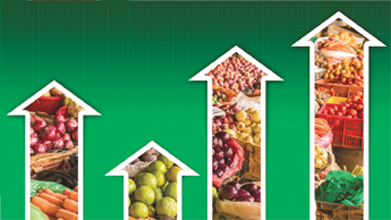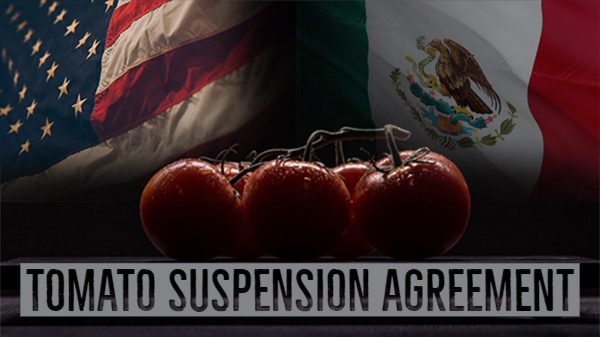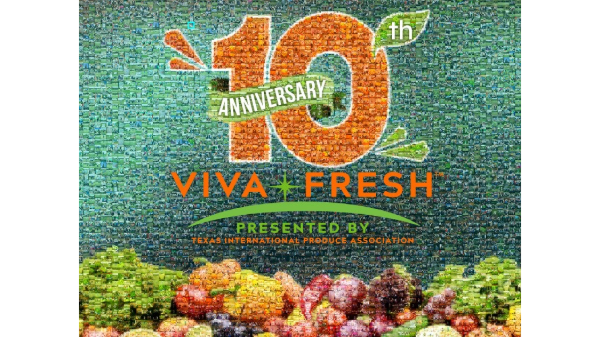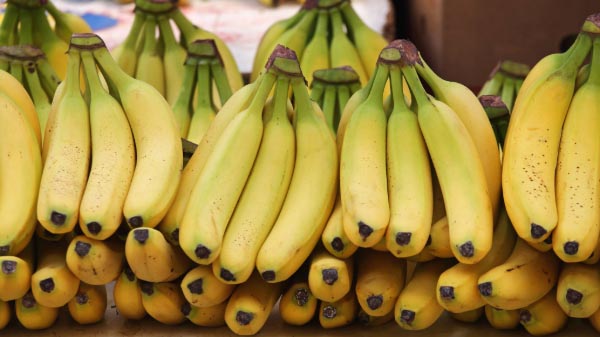Welcome to Blue Book!
Are you ready to join the thousands of companies who rely on Blue Book to drive smarter decisions? View our plans and get started today!
Still have questions? We’d love to show you what Blue Book can do for you. Drop us a line– we’ve been waiting for you.

The growing popularity of ethnic foods and changing consumer palettes are also playing a role. According to the U.S. Department of Agriculture (USDA) Economic Research Service, U.S. fruit imports rose during the last three decades, partly due to growing minority ethnic populations and to increased demand for new products.
Zambada points to items like jalapeno peppers, a commodity that’s been around for many years, but was little known. “Pretty much everybody sells them nowadays,” he says, adding that other Hispanic staples such as habaneros and tomatillos have also been entering the mainstream.
Dr. Roberta Cook, faculty member in the Department of Agricultural and Resource Economics at University of California, Davis agrees pointing out that it’s not just population shift, but widespread adoption of new cuisines that are changing. “Consumers are exposed to (new cuisines) in restaurants, etc., and many people acquire them as part of their consumption habits, so ethnic trends go way beyond ethnic populations.” A prime example is the avocado boom. Cook points to the confluence of trade agreements, shifting population, publicity campaigns, and efforts by growers as the perfect set of circumstances that led to the enormous popularity we see today.
Zambada says that retailers and foodservice are also making a difference in which formerly unusual commodities are becoming better known. “A good example is the shishito pepper,” he says. “It’s like a Japanese chili pepper, used at sushi restaurants as an appetizer. It’s pretty tasty and a lot more people are being introduced to these peppers, which is how they become more popular.”
For vegetables, Cook estimates about 75 percent of trade is intra-NAFTA, flowing in all directions between the United States, Mexico, and Canada. She attributes this to a simple matter of proximity, which is fortunate given such high perishability. “With adjacent land borders, we can ship by truck as opposed to putting it on a boat.”
What’s Hot & What’s Not
HOT Exports
Analysts from the USDA cite U.S. exports of apples, cherries, cauliflower, and potatoes as experiencing the most significant growth over the last decade. As mentioned previously, Canada accounts for over a third of all shipments; other major markets include Mexico, Japan, Hong Kong, Taiwan, and South Korea.
Top commodity performers, especially apples and potatoes, are longtime staples of American diets, though consumption tends to fluctuate domestically. Apple consumption and worldwide production, however, are both on the rise and have steadily increased: production rose from 60.3 million metric tons for the 2008-09 season to 67.5 million metric tons for 2012-13 and global consumption climbed from 46.8 million metric tons to 54.9 million metric tons for the same period.








